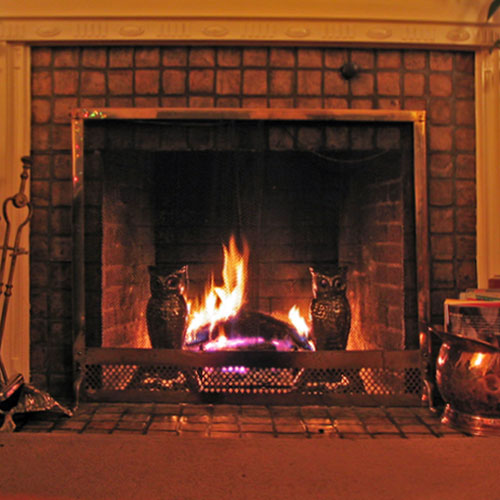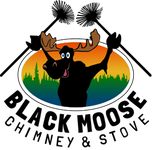When fall comes and homeowners crank up those fires for ambiance and heat, its important to remember that some heating appliances are “low maintenance”, but none are “no maintenance”. The chimney system is an intricate system of many parts that work together to properly vent a flame. A fire may burn well, but that doesn’t always mean it’s venting well. When a fire burns, hazardous byproducts are released into the chimney to vent, and if it’s not venting properly, these byproducts enter the home, causing multiple problems.
Silent Killer
Carbon Monoxide (CO) is a silent, sneaky killer because it is odorless and colorless. People are poisoned by it before they know it exists, and die quickly. Everyone is at risk, but infants, elderly, and people who are chronically ill are more likely to become sick from carbon monoxide. Actually 400 people die from unintentional CO poisoning every year.
Symptoms Of Carbon Monoxide to Look For

Carbon Monoxide poisoning presents much like the flu, causing headache, dizziness, weakness, upset stomach, vomiting, chest pain, and confusion. Breathing it can cause you to pass out, and ultimately causes death, especially for people who are sleeping or intoxicated because they don’t experience the symptoms. Something to look out for is the entire family coming down with the same symptoms at the same time. Low-level exposure (like that from a chimney leak) over an extended period of time can cause organ and brain damage that is irreversible.
What You Can Do
If you have concerns about CO poisoning in your home, you should call the authorities immediately. You should leave your home and call the fire department and notify them of a possible carbon monoxide leak. Next, you should contact your chimney sweep company to schedule an inspection right away.
Before burning season you should install a carbon monoxide detector and routinely check and replace the batteries.
You should also keep up with routine chimney sweeps and inspections. The Chimney Safety Institute of America (CSIA) recommends regular sweeps and annual inspections in order to catch problems with the chimney before they cause problems for your family.
What the Professionals Can Do
A certified chimney sweep can recommend repairs to the chimney as well as recommendations for draft problems that can increase carbon monoxide exposure. One thing that can drastically reduce the likelihood of a carbon monoxide leak is keeping and maintaining a proper flue liner. The flue liner prevents gases and heat from transferring from the chimney to the house. The lining should be changed if the type of fuel is changed, or if a new appliance is installed. The flue lining may also require resurfacing or replacing if it is chipped, cracked, or otherwise damaged. This can be a simple fix with cerfractory products like HeatShield®.
Black Moose Chimney and Stove hires only certified sweeps that are experienced in chimney safety, and that includes carbon monoxide safety measures. Our customers’ safety is our top priority, and we take recommendations seriously from the National Fire Protection Association (NFPA) and the Chimney Safety Institute of America (CSIA).
Find out more about safe home heating here and call a Black Moose chimney sweep today.
Questions? Ready for an Appointment? Contact Us Today!
We are South-Central New Hampshire’s #1 choice for chimney, fireplace & masonry services. Our team is National Chimney Sweep Guild (CCP/NCSG) certified and well-trained in current industry standards and procedures. We are ready to assist with inspections, repairs and installations for chimneys, fireplaces, wood and pellet stoves and more.


